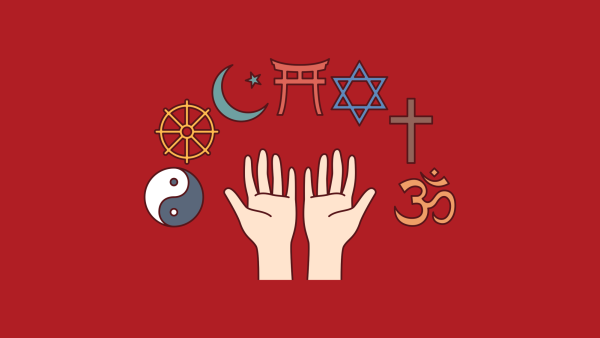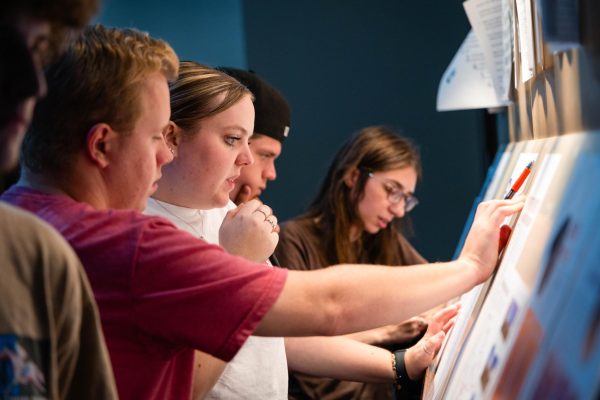Try to find your own ‘cool’
November 4, 2010
It didn’t take long for me to find my cool. I don’t quite remember when I found it, but it was long before the age when peer pressure kicks in for many others.
It might have been in third grade. My friends and I were always fascinated when my dad could blow circles from his cigarette smoke. So we snuck a few and lit up behind a bush in the neighborhood. My parents found out, and I got a whooping that ensured I’d never do that again. There’s nothing cool about smoking.
Or maybe it was fourth grade. Keisha Jenkins thought I stole her dime on the school bus. When we got off, she kicked me and demanded that I return it. I didn’t have it, so I, ignoring traffic, chased her across the street to make sure I got my lick back. We were both suspended from school. Like the year before, I was punished, not as harshly, though, and I haven’t fought since. There is nothing cool about fighting or missing school because of it.
Maybe I found it in sixth grade. My grades slipped after my sister died, and I acted out a little. When my teacher called me out, I responded disrespectfully. It resulted in a letter home and a meeting with my counselor. I apologized to the teacher and realized there was nothing cool about challenging authority without a reason. Sometimes you have to follow the rules.
Many in my generation, however, still struggle to define their own cool. And in the process of emulating so many others, they tend to lose themselves.
On Lupe Fiasco’s “Daydreamin’,” a powerful and painfully candid song about perceived coolness, the insightful Chicago native parodies rap artists and their cookie-cutter music videos, which display society’s versions of what’s hip and acceptable.
The second verse is, “Now come on everybody, let’s make cocaine cool. We need a few more half-naked women up in the pool …Where’s the champagne, we need champagne. Now look as hard as you can with this blunt in your hand.”
Fiasco took the hint from groups like The Roots and their “What They Do” effort, which had the same satiric message.
Unfortunately, the songs are still relevant to the state of hip-hop music. The irony is that these hip-hop musicians delivered well-crafted judgments of a music form whose artists are all too consumed with flexing their weapons and knowledge of the drug game or having the latest and gratuitously flaunting it.
There’s nothing wrong with having money or cars or even talking about a former life of crime (that is, if you have progressed from that life and discuss it only as a warning to prevent youth from following that path).
The problem comes when rappers suggest that if one doesn’t have the most money or the latest label or the car that isn’t even out yet, then one isn’t good enough. Or cool enough.
Messages like that lead us to question what’s acceptable about our personalities and our image.
But we can’t all be the same. Besides, originality is most impressive.
I’ve learned that it’s OK to have an extensive vocabulary or to buy things on sale from last season. I’m not a square for correcting my friends when they talk, forcing them to buckle up in my car or refusing to get plastered at a party.
Hey, grammar is fun. Seat belts save lives. And it doesn’t get any more fashionable than sobriety.
Hip-hop is ambivalent for me. I love it and what it represents, but it’s largely beginning to sound the same as it tells everyone what is in vogue.
And since much of it neglects to express the consequences of being “cool,” it’s easy to get caught up. But don’t let anyone define what’s right for you, whether it’s what you wear, how you walk, or how you handle confrontation.
Never be afraid to set your own standards regardless of what everyone else is doing. Be cool like that.
This commentary doesn’t necessarily represent the views of the Herald or the university.





















